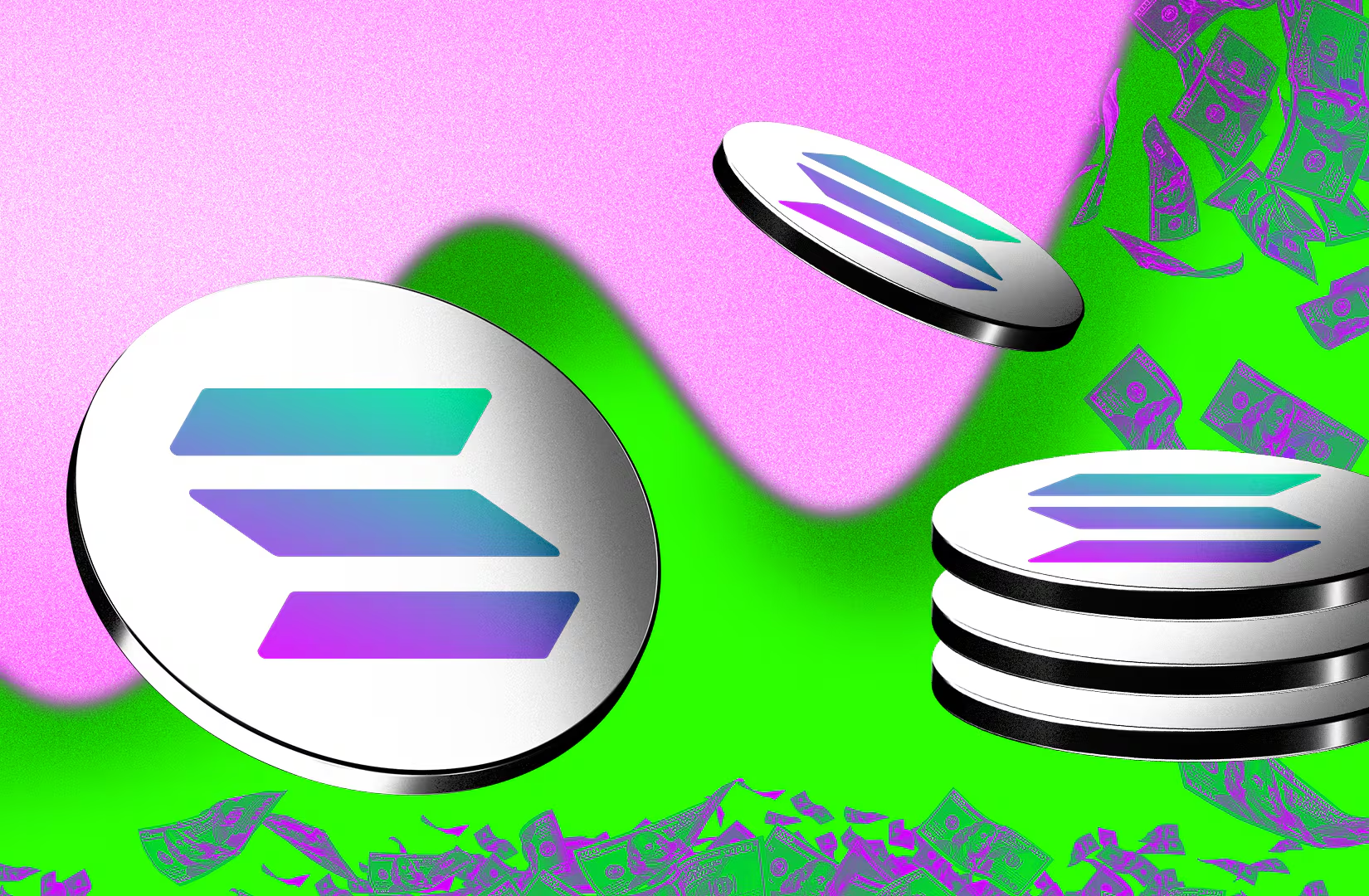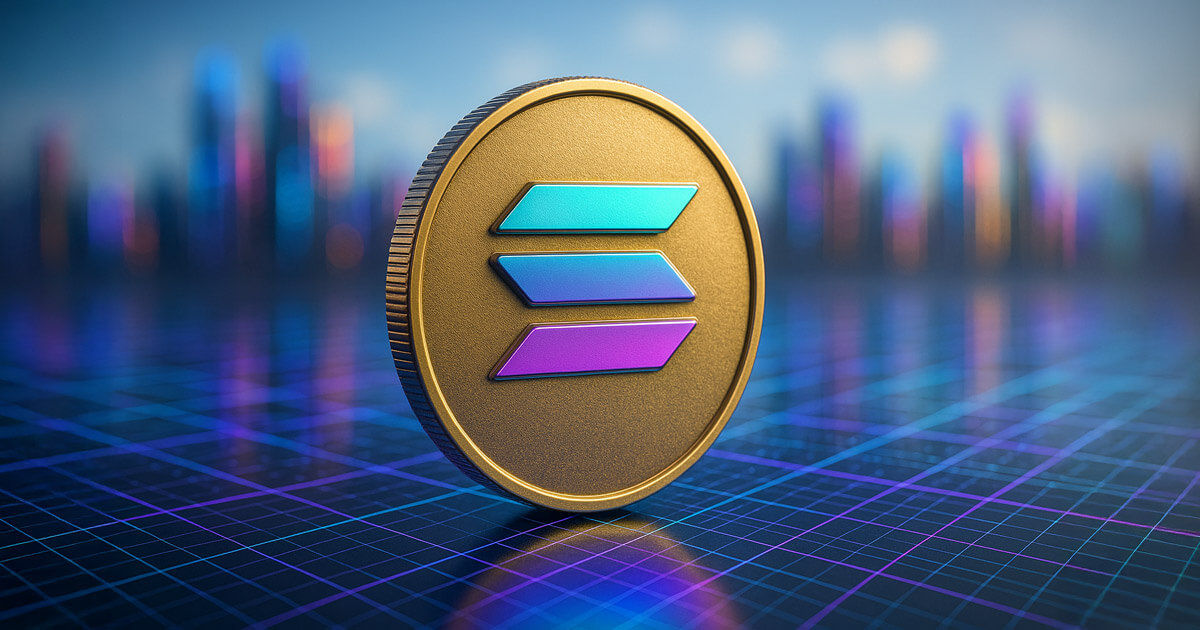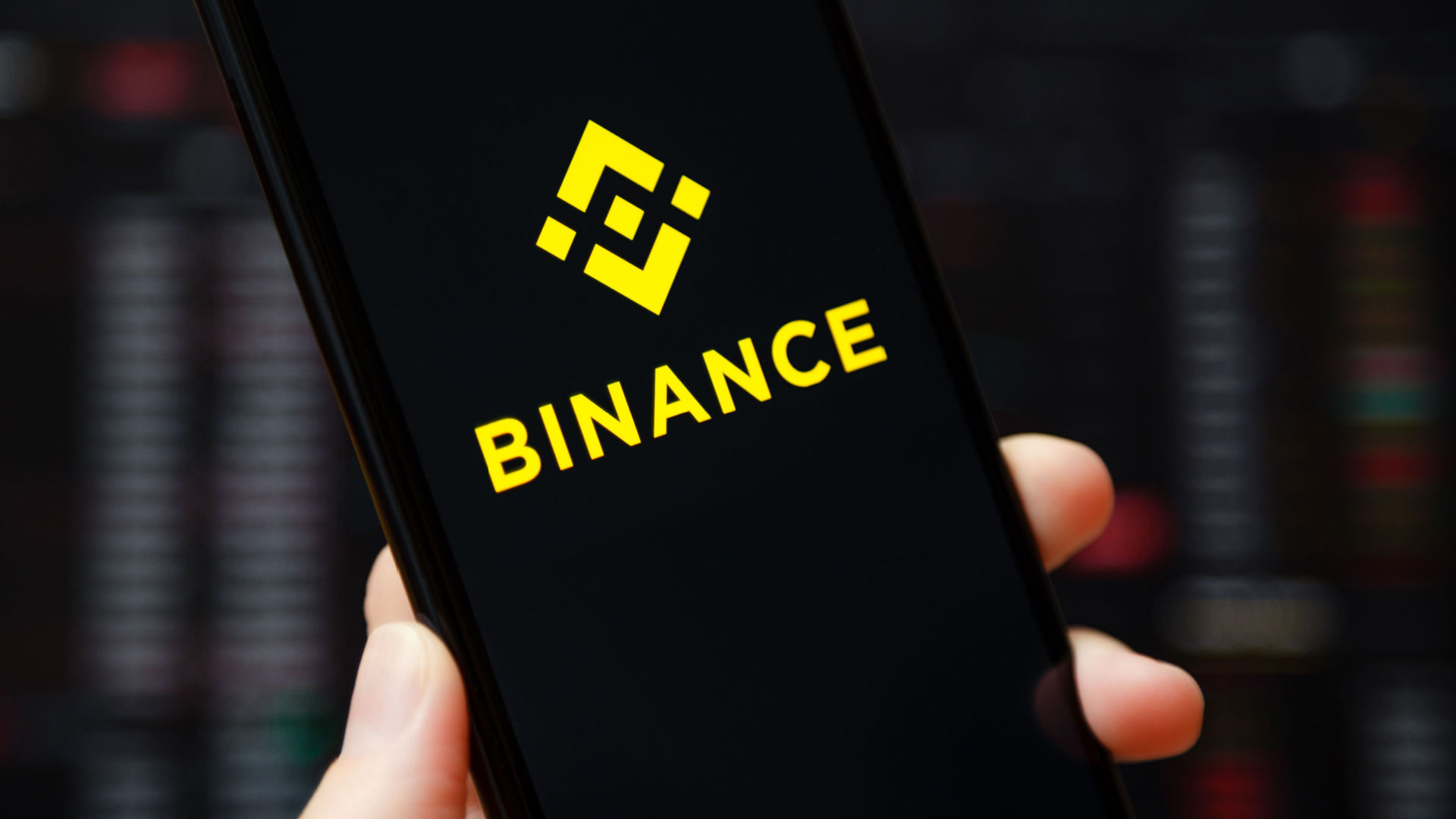Standard Chartered has issued a cautionary assessment of Solana’s future prospects, suggesting the blockchain network may be overly dependent on memecoin trading activity that has already peaked. The investment bank’s latest research indicates that while Solana’s design excels at providing high-volume, low-cost transaction solutions, this capability has primarily attracted memecoin speculation rather than diverse utility applications. According to their analysis, memecoin trading represents the majority of Solana’s network activity when measured by application revenue, creating a concerning reliance on a single use case that served as both a stress test for the network’s scalability and a potential vulnerability due to the volatile nature of speculative assets.
The bank’s analysts express particular concern about Solana’s sustainability as memecoin trading volumes continue their decline from previous peaks. They argue that the combination of “declining usage and trading cheap” creates an unfavorable environment for network growth, emphasizing that Solana needs to expand into other high-throughput sectors such as financial applications and consumer services like social media platforms. However, Standard Chartered acknowledges that scaling such applications could take years to materialize, potentially leaving Solana in a challenging position during the interim period as its primary use case diminishes.
Ethereum’s evolving competitive landscape further complicates Solana’s positioning, particularly following the Dencun network upgrade in March 2024, which enabled Ethereum’s layer-2 solutions to match Solana’s transaction costs. This development has effectively neutralized one of Solana’s key competitive advantages—being the cheapest high-throughput blockchain option. Standard Chartered highlights Ethereum’s modular architecture as a strategic advantage, allowing the network to scale transactions cost-effectively while maintaining the security benefits of a highly decentralized mainnet, something that Solana’s more centralized approach may struggle to match.
Based on these factors, Standard Chartered projects that Solana will likely underperform relative to Ethereum over the next two to three years before potentially catching up in real terms. The bank’s assessment suggests that unless Solana can successfully diversify its use cases beyond memecoin trading and find new applications that leverage its high-speed, low-cost infrastructure, it risks being relegated to a niche role in the broader blockchain ecosystem. This timeline gives Solana a critical window to prove its versatility and attract enterprise-level applications that could justify its technical capabilities beyond speculative trading activities.





